- The Bird World as the Flintstones
- What distinguishes ratites from their avian relatives?
- Kinship among feathers? Not exactly.
- Some birds may be found without looking up at the sky.
- As a result,
Just keep in mind that some birds are permanently grounded if you ever feel awful about staying in while your pals go out and party. Actually, more than 10,000 birds, which is astounding, cannot see things from above.
Therefore, flightless birds govern their regions while their cousins rule the skies. These birds are quite distinctive in their own ways, much as loosing a sense heightens other senses!
The Bird World as the Flintstones
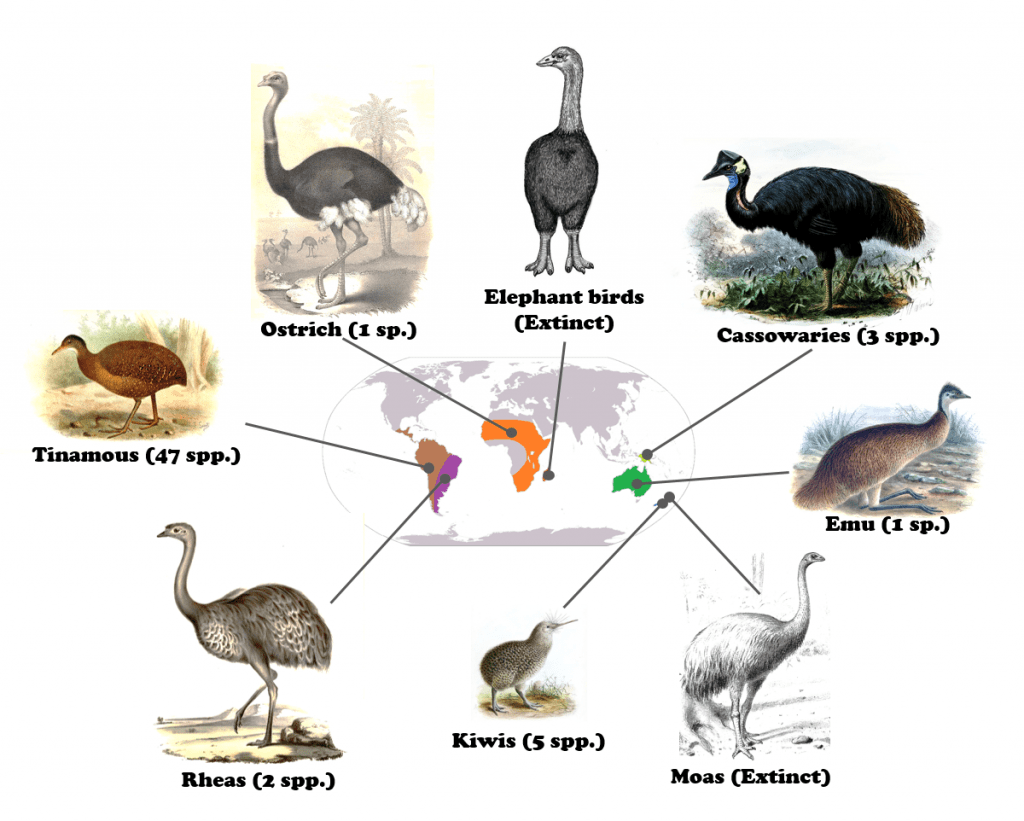
When the dinosaurs went extinct around 65 million years ago, the progenitors of flightless birds underwent an evolutionary change, according to research and molecular dating of their ancient DNA. These birds combed the countryside for food after being let free from predators, growing larger in the process to store more fat stores for increased efficiency.
- Spanish Flu
- Media names the EU members who rejected the gas proposal
- First Planet Discovered by Mathematical Calculations: Neptune
Additionally, it seems pointless to flap your wings aimlessly when flying requires such a significant energy expenditure. They continued to stay on the ground until they lost their ability to fly. Sir David Attenborough gave these birds the moniker “Flintstones of the Bird World” because their ancestry can be traced back to the Mesozoic Period.
What sets ratites apart from their avian cousins?
The ratites are a class of flightless birds that includes ostriches, cassowaries, rheas, kiwis, moas, and emus. The keel bone, which firmly fastens to the pectoral or flight muscles of flying birds, is typically absent in flightless species. The result is a flat breastbone in ratites. Their wings are also, so to speak, a size too small for their extra-large bodies, which prevents the wings from gathering enough strength to lift the massive bodies to which they are attached. The lighter skeleton of flying birds allows them to lift off with ease, but the ratites’ big feet and hefty leg bones do not support flight and are better suited to live on the ground.
Birds of the same feather? Not quite.
Charles Darwin asserted that the ratites were related to one another back while he was still active. Thomas Huxley made some astute observations at about the same time that showed the roofs of the mouths of flightless birds included a configuration of bones often found in reptiles. On the other side, volant or flying birds lacked this pattern.
It was discovered that the enormous moa, which is no longer alive, was the progenitor of the modern flightless birds. The Tinamou, a small South American bird that can hardly raise itself off the ground, is its closest cousin. The Ratite Profiling didn’t quite suit the Tinamou either. Their keeled sternum connected them to the avian bird evolution patterns, while their palate bones supported the ratites.
However, molecular biology has enabled data analysis to place the Tinamous right next to their considerably more muscular, ostrich-like ancestors, the Moas, on the evolutionary tree.
Independent of one another, the flightlessness of the members of the flightless bird family has developed. A loss of flying has been caused by mutations in certain of their genes. As it turned out, this occurred in as many as five different ratite family branches.


Some birds you don’t have to search the skies for Penguin
Although there are 18 different types of penguins, none of them fly. However, you’ll catch a glimpse of them stumbling or doing their awkward waddle. They don’t simply have fluffy wings; theirs are significantly shorter, sturdier, and stronger than those of avian birds, allowing them to cut through the water but not lift their muscular and fat-rich bodies into the air. The distinguishing feature of penguins is their flippers; they are the only birds with fused wing bones that do not fold.
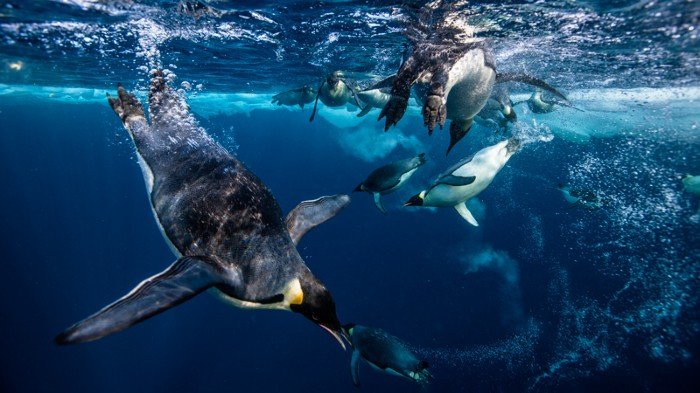
Steamer duck
There are 4 species of steamer ducks, 3 of which are flightless. The males, even in the species that can, are unfortunate because they are simply too large.
Weka
New Zealand’s weka wekas are chicken-sized birds. With heads and legs that resemble avian birds, they are almost ready to fly, but when they try to take off, their wings just don’t work out, so they must walk instead.
Kiwi
Speaking of chicken-sized birds, Kiwis from the land of Kiwis have concealed, inoperable vestigial wings. The nostrils of Kiwis are much higher than those of other birds, close to the tip of their beak.

Ostrich
Ostriches, which are often taller than you and me, are the current giants of the avian kingdom. They cannot take off because of their flattened sternum or breastbone, yet they will happily take to the runway at incredible speeds of roughly 72 kph. However, given that their eyeballs are smaller than their walnut-sized brains, perhaps it would be best for them to remain on the ground.
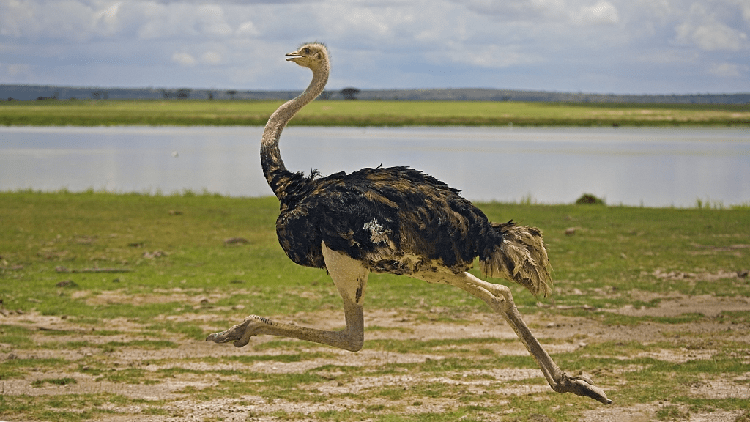
Kakapo
Kakapos, sometimes known as owl parrots, are native to New Zealand. Their little wings aid in their crucial balance. This is the only bird in the world without wings, and unsurprisingly, it’s also the heaviest. This parrot has the appearance of a jigsaw puzzle gone horribly wrong, with an owl-like face, a duck-like stride, and a penguin-like attitude.
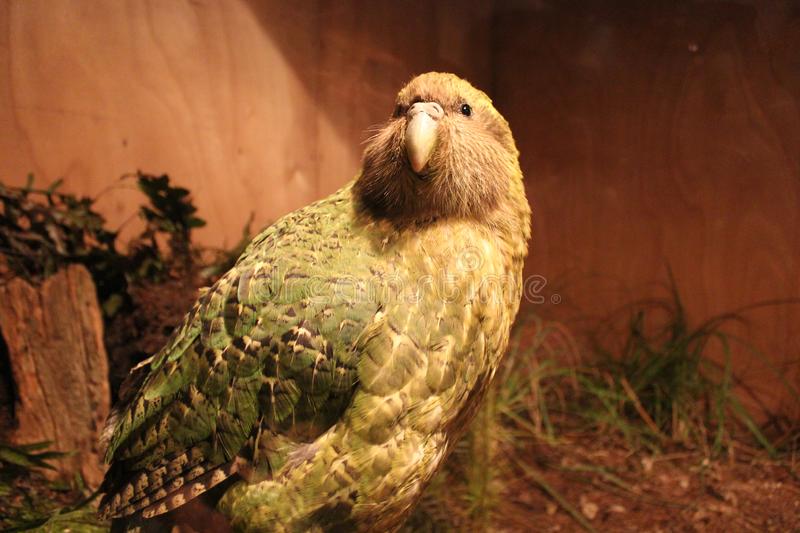
Takahe
Takahes are flightless birds that use their wings to aggressively exhibit their blue-green plumage when it’s time to locate a mate. They had been believed to be extinct for over a century when they were unexpectedly found in 1948. They have a fascinatingly lengthy lifetime for a bird of up to 20 years. They are only distant cousins, despite having the appearance of plump purple swamp chickens.
Cassowary
With their long, dagger-like claws, cassowaries have a very badass appearance. They are shielded from their thorny jungle environments by their feathers, which also keep them dry.
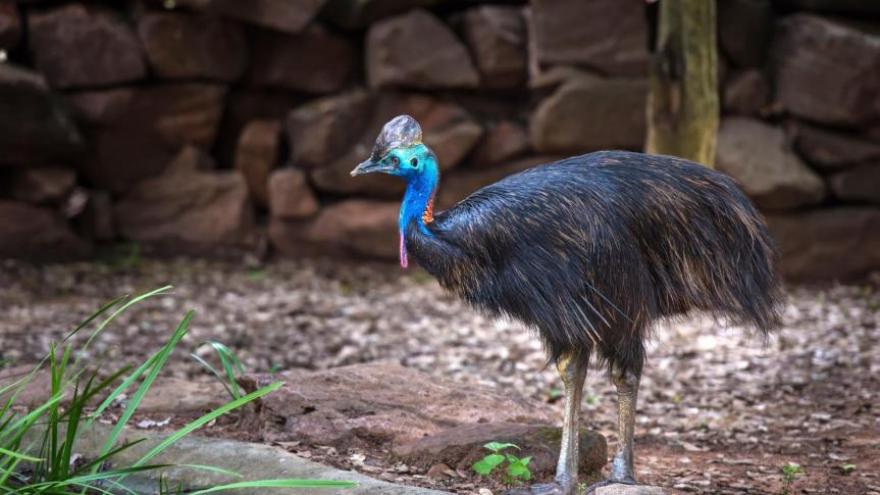
In Conclusion
Raites, or flightless birds, diverged from avian birds and only truly began to take on their current forms after the extinction of the dinosaurs. Ratites developed to be grounded because they didn’t need to be able to fly in order to survive, thus they didn’t bother learning how to fly. Their inability to fly is due to their massive bulk, tiny wing bones, and flattened sternums.
All continents now have free-flying birds, but during the time after the dinosaur epoch, the earth’s landmasses were still clumped together with a few more land divides than during the Pangea or supercontinent stage. As a result, scientists were baffled by still another nagging question: If these birds were flightless, how did they spread over the world?
The splitting up of Pangaea’s southern portion, which dispersed and dispersed the ratite original population, is one theory that has been proposed. These populations evolved endémically by combining their local gene pools. This explains why certain regions of the earth are home to strange-looking clusters of ratites.


